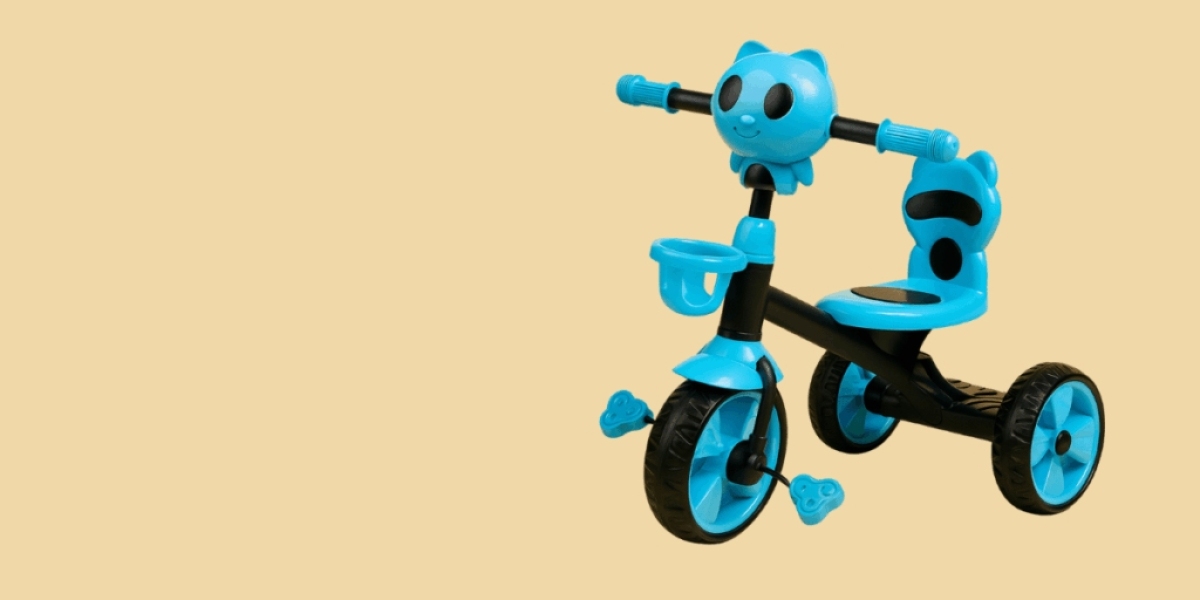Every parent loves to see their child enjoy the thrill of riding a bike—the sense of freedom, the laughter, and the joy that come with those first successful pedals. But while cycling is fun and healthy, it’s equally important to ensure that every ride is safe. A Cycle for Kids can offer countless benefits, from fitness to confidence, but safety must always come first. Here’s a complete guide to help parents make sure their little riders pedal smart and stay safe.
1. Choosing the Right Cycle for Kids
Safety begins with choosing the right bike size. A cycle that’s too large or too small can make riding uncomfortable and risky. When your child sits on the saddle, both feet should touch the ground comfortably. Their knees should have a slight bend at the bottom of each pedal stroke, and they should be able to reach the handlebars without stretching too far.
For beginners, consider starting with a balance bike (no pedals) to help kids learn coordination before transitioning to a full Cycle for Kids with pedals. Always prioritize stability and comfort over flashy designs or trends.
2. Always Wear a Helmet
A helmet is the most crucial piece of safety gear. Studies show that wearing a properly fitted helmet reduces the risk of head injuries by up to 85%. When choosing a helmet, make sure it meets safety standards, fits snugly, and sits level on your child’s head.
The strap should form a “V” under the ears, and there should be no more than two fingers’ width between the helmet and the child’s eyebrows. Encourage your child to wear their helmet every single time they ride—no exceptions.
3. Dress for Safety and Comfort
Appropriate clothing makes a big difference. Avoid loose pants or shoelaces that could get caught in the chain. Bright, reflective clothing improves visibility, especially in the early morning or evening. Closed-toe shoes with good grip are a must.
If your child rides in cooler weather, layer their clothing but ensure they can still move freely and steer comfortably.
4. Teach the Basics Before the First Ride
Before your child hits the sidewalk or park trail, take time to teach essential cycling rules. Show them how to use brakes properly, how to stop safely, and how to signal turns using hand gestures.
Practice in an open, safe space—like a driveway or empty parking lot—before allowing your child to ride near roads or public paths. Reinforce simple rules like:
Stop before crossing driveways or intersections.
Look both ways before proceeding.
Never ride against traffic.
A few practice sessions can build lasting habits that make a big difference in safety.
5. Regularly Inspect the Cycle for Kids
Before every ride, take a few moments to check the bike. Inspect brakes, tires, and chains to ensure everything functions smoothly. Loose bolts, low tire pressure, or worn brake pads can easily cause accidents if left unchecked.
Get into a routine—make “bike checks” part of your child’s pre-ride ritual. This not only keeps the Cycle for Kids in top condition but also teaches responsibility and mechanical awareness.
6. Supervision Matters
Young riders should always be supervised until they demonstrate consistent awareness and control. For younger children, stick to safe, enclosed spaces like parks or cul-de-sacs. As they grow more confident, you can introduce them to longer rides in safe cycling zones or community tracks.
Even when your child becomes an independent rider, occasional rides together allow you to monitor habits and correct unsafe behaviors early on.
7. Light Up and Stay Visible
Visibility is key—especially if your child rides during dusk or cloudy conditions. Equip the Cycle for Kids with front and rear reflectors, and consider adding LED lights for extra brightness. Reflective strips on clothing or helmets make your child easier to spot from a distance.
Remember, even in daylight, reflective accessories enhance safety significantly.
8. Set a Good Example
Children learn best by watching their parents. When you ride together, follow the same safety rules you expect them to follow. Wear your helmet, obey signals, and ride predictably. Setting a positive example not only reinforces safe habits but also strengthens the trust and bond between you and your child.
9. Teach Respect for Others
Cycling isn’t just about the road—it’s about sharing it. Teach your child to respect pedestrians, fellow cyclists, and motorists. Encourage them to ring their bell when approaching others, maintain a safe distance, and never block walkways.
Instilling these manners early helps them grow into responsible, courteous riders.
10. Make Safety a Habit, Not a Rule
Instead of making safety feel like a chore, turn it into part of the fun. Let your child pick their helmet color, decorate their Cycle for Kids with reflective stickers, or join them in setting up a “safety checklist” before rides. When kids feel ownership over the process, they’re more likely to follow the rules willingly.
Final Thoughts
A Cycle for Kids is one of the best gifts you can give—a gateway to adventure, confidence, and healthy outdoor play. But those benefits only shine when safety takes center stage.
By choosing the right bike, teaching good habits, and making protective gear a must, you’re not just ensuring safe rides—you’re building a foundation for a lifetime of smart cycling.
So, before your little one sets off on their next adventure, remember: safety doesn’t slow down the fun—it makes sure the fun lasts longer.









